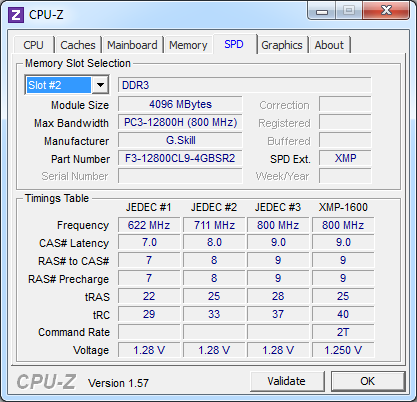[citation][nom]noob2222[/nom]take a small enough sample to make sure the results don't prove a thing. why not use some programs that do respond to memory speed?[/citation]The test here was set up long ago to use 50% GPU-limited and 50% platform-limited games. Replace GPU with CPU for the other tests, and the hope was to find 50% of the benchmarks with noticeable performance gains. Of course that's based on a real-world scenario, where both GPU and platform-limited games coexist.
Notice in the chart you showed, the difference between 2133 and 1866 is rather small. The baseline in this test was DDR3-1600 CAS 9 because that's the slowest memory a performance builder would use. In other words, the 1333 and 1066 results are irrelevant.
The benefit you're seeing in some articles is reduced real-time latency, which I'm fairly certain is discussed in this article. DDR3-1333 CAS 7 has the same real-time latency as DDR3-2666 CAS 14, since the cycle time is inverse of frequency.
If we assume for only a moment that DDR3-1600 is barely fast enough to fill the bandwidth needs, most of the difference over 1600 actually measures how long the CPU is waiting for instructions. Now I wouldn't actually assume 1600 is enough, I only assume that 1600 is the minimum speed that goes into most performance builds. After all, who would buy 1333 to save money in a performance machine when 1600 is so cheap?




